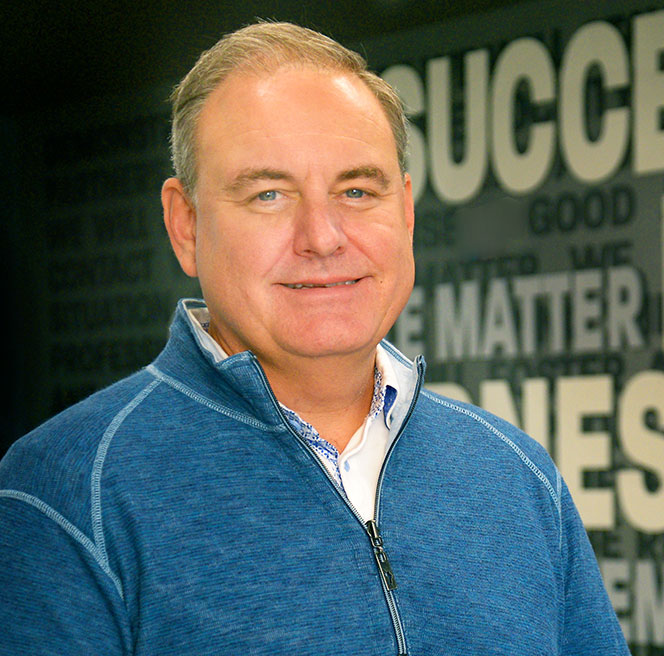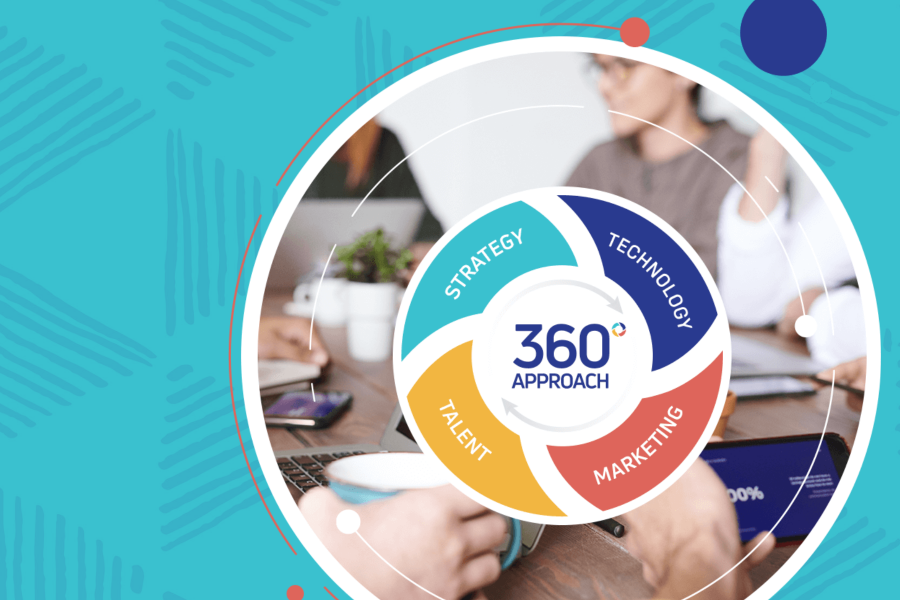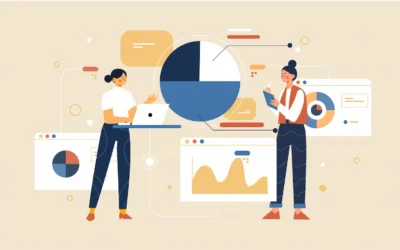Introduction
Like so many industry “buzzwords”, Innovation gets thrown around a lot as a way to appease shareholders, inspire teams and attract customers – However, many companies and leaders use it interchangeably with ideation, which misses the mark completely. Sure, ideation is a part of innovation. Fill a room with a bunch of “idea people”, and what do you get? A room that is full of ideas on whiteboards, post-it notes, PowerPoints, and flip-charts. Some organizations go as far as to hire “Chief Innovation Officers” or similar.
Innovation, by definition, is where ideas turn into results. Additionally, it is not one singular person’s “job” to innovate. Everyone plays a role in innovation – including (and especially) your customers. Innovation should have an approach without beginning or end. It should provide accountability and learning.
Show Your Stakeholders You C.A.R.E.
One of the most powerful sources of innovation stems from your Customer Journey Map. If your organization does not do this, I highly recommend it and would suggest checking out one of our earlier pieces on this subject – Innovation centered on the customer is impactful because it forces you and your organization to focus on unmet needs – Using a C.A.R.E. approach, you not only get feedback on changes from the customer but those employees closest to the customer.
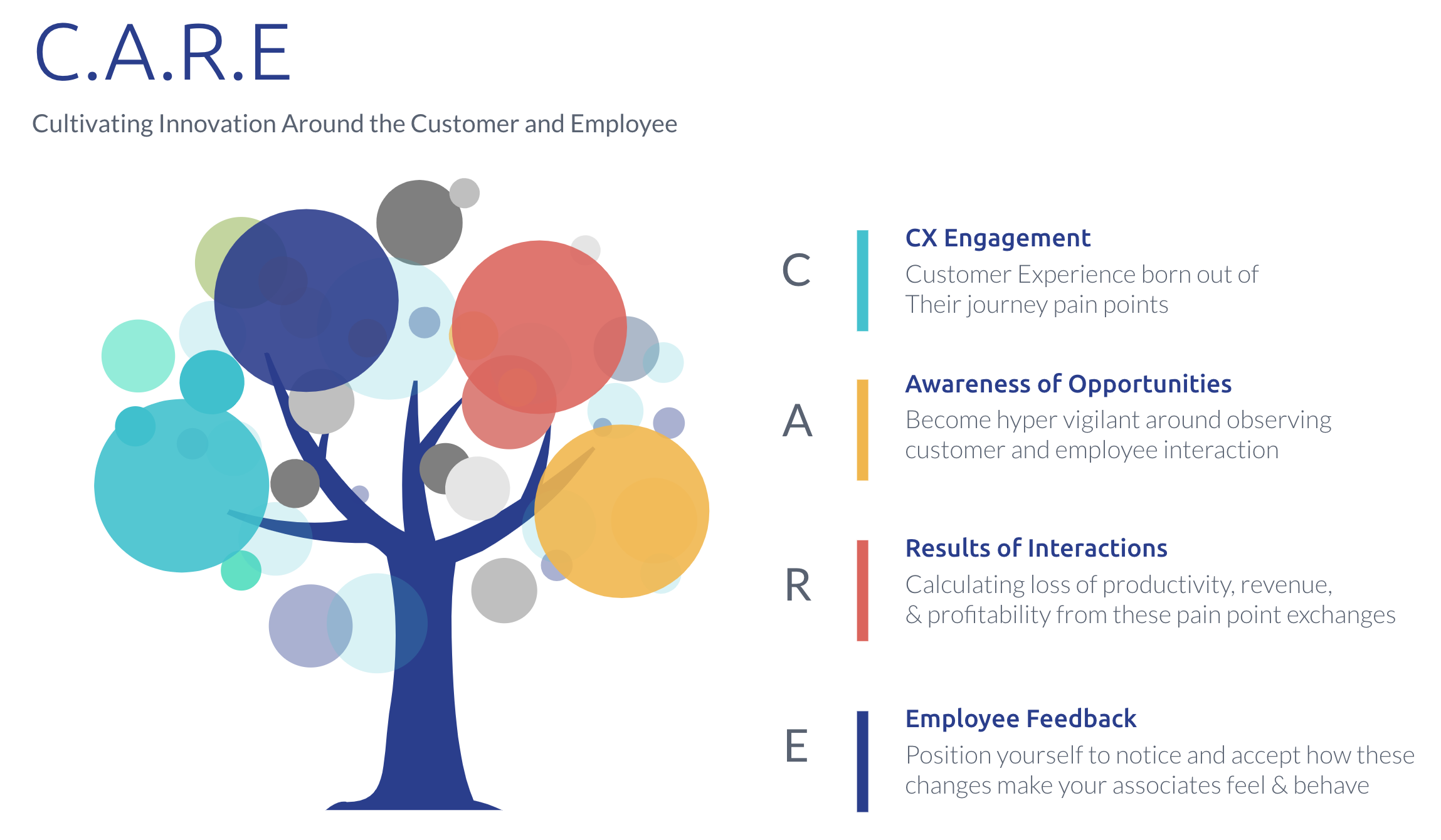
This C.A.R.E. Model allows you to take these top ideas to close the gap between a great customer experience and a not-so-great one and formulate them in a Marketing Brief. Yes, the same brief that agencies may use – or your internal marketing team, can be used to foster the idea into real innovation.
Marketing Brief
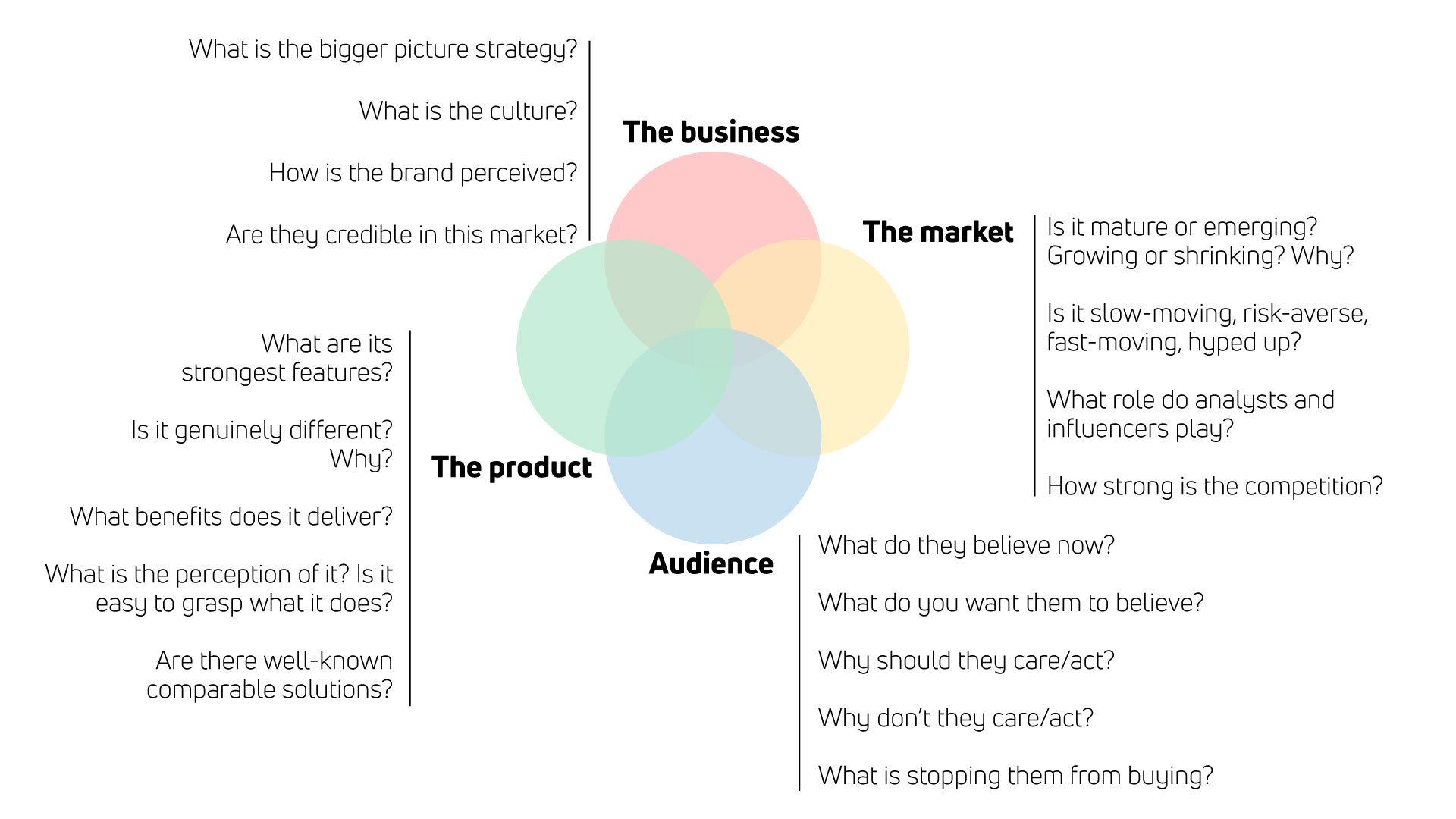
Why? Because, when you place the idea the way you may go to market with it (desired state), it keeps you accountable for achieving that outcome – Even if you decide to fast track your idea, then at least ensure you are asking the right questions:
- WHAT is the outcome?
- WHY should we do this (tie it back to C.A.R.E.)?
- HOW will we measure the impact?
- WHO will be impacted the most?
This all leads to the first step in your Customer Innovation Cycle (CIC).
Ladies and Gentlemen: Place Your Bets!
The CIC is a formalized process to matriculate your initiatives into tangible results. The first step is akin to how you might run experimentation in a lab. In order to frame the experiment, the scientist starts with a Hypothesis in the form of If/Then statements.
The Elegant Solution: Set Your Guardrails
Many organizations have adapted what one company has perfected for decades. Back in 2006, Matthew E. May published “The Elegant Solution: Toyota’s Formula for Mastering Innovation”. In this book, the concept of LEAN Six Sigma, a methodology to remove waste and increase efficiency is explored through the lens of this automotive giant. Toyota at the time was receiving around 1 MILLION new ideas within the organization a year. From simple solutions to the most elegant, Toyota engineers and leaders were able to harness this abundance of ideation into real innovation. Check out May’s video interviews on this here. It is through these “bumpers” (no pun intended) where the organization could move innovation forward. Setting these parameters in terms of resources, timing, and desired experience can make even the most intricate opportunities seem attainable.
D5 (Plus 1): Learning is Earning
Innovation fosters execution. This is the secret sauce that drives many start-up businesses today. Innovation is difficult for well-established companies. By and large, they are better executors than innovators, and most succeed less through game-changing creativity than by optimizing their existing businesses. This happens in the CIC through five, actually six, practices to incorporate these new solutions into the entire ecosphere of your business. Since innovation is a complex, company-wide endeavor, it requires a set of crosscutting practices and processes to structure, organize, and encourage it. These often overlapping, iterative, and non-sequential practices resist systematic categorization but can nonetheless be thought of in these six practices.
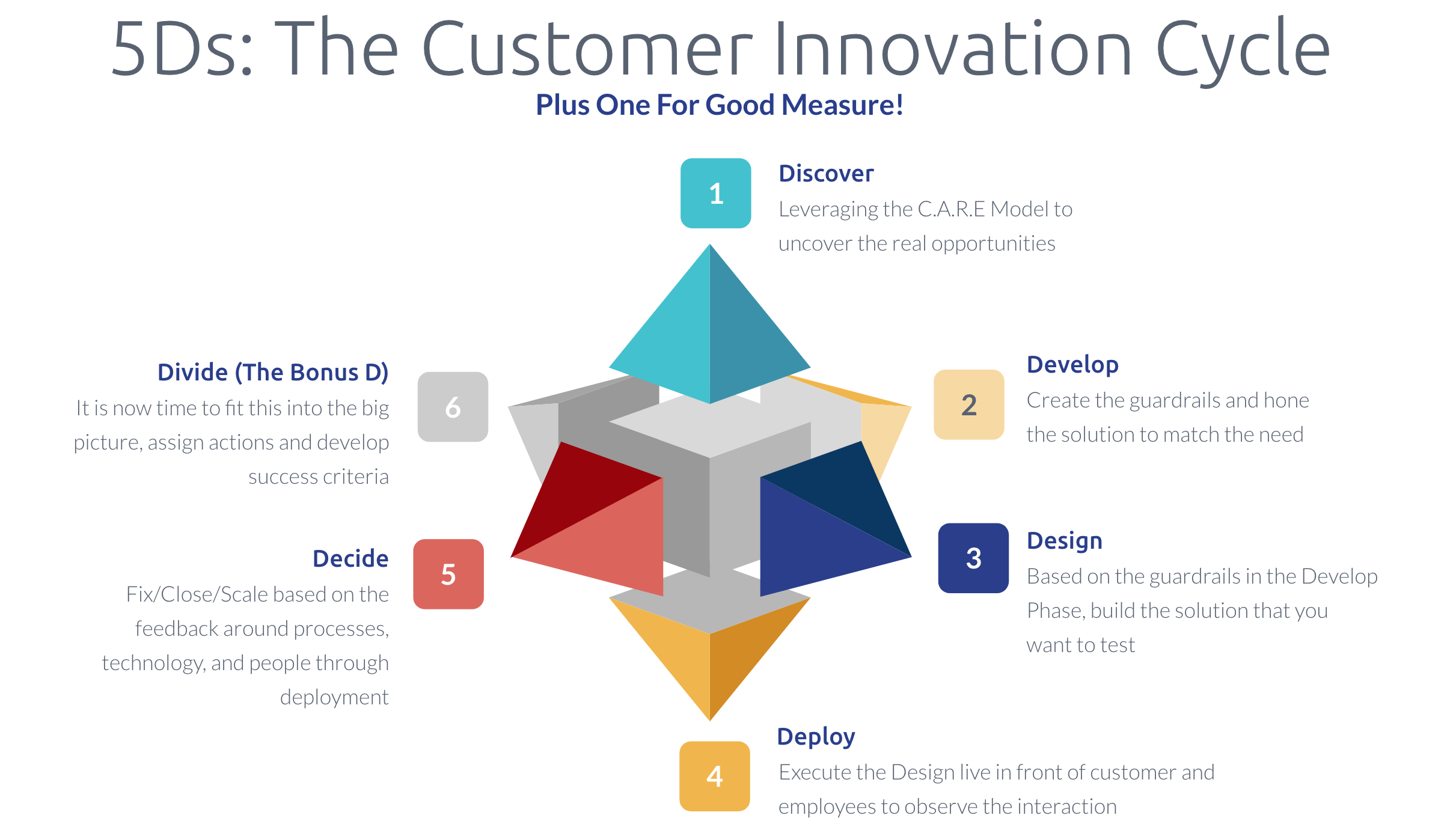
Conclusion
One of the biggest pieces of advice I can give anyone this year is to re-examine how customer levers are evolving. In the months ahead, focus on gaining insights from your team, not just experimentation for the sake of experimentation. Beyond numbers and insights, also look at success from an organizational standpoint. Are you more able now to pivot and adapt the business to your customers in 2021 based on what you learned last year? For every organization, innovation is not a destination. It’s the journey to giving customers (and your employees) what they are asking for. To learn more about innovation and how BlueSky can help, contact us today.
